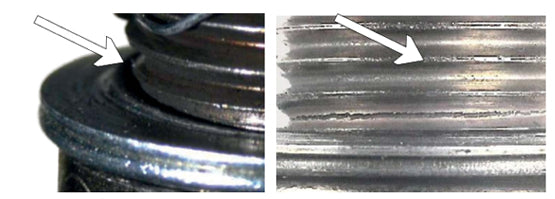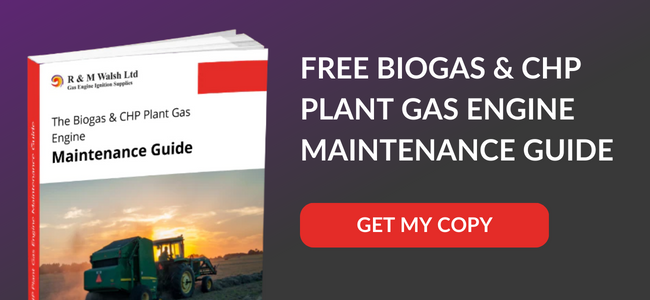
All gas-powered combustion engines need spark plugs to run. The spark plugs convert a high-voltage electrical charge into the spark needed to ignite a mixed gas and air intake, turning cylinders and turbines to provide electrical generation or repetitive kinetic motion.
Every high-energy spark plug used in an industrial engine needs to be fixed to a housing chamber by a wrenched socket. This firm casing allows the spark plug to dissipate the immense heat it generates via the cylinder head, and align with its gas and electrical contacts.
Why Is Spark Plug Alignment Crucial?
If the spark plug isn’t in exactly the right position, problems can occur. Improper or botched installation can lead to engine malfunctions, accidents, and premature plug failure. Many industrial spark plug failures are caused by the plug being under or over-torqued into its socket. A faulty plug alignment can easily result in overheating, cracking, metal fatigue, and carbonisation of the plug. While even the best spark plugs eventually fail due to part degradation through repeated use, sub-standard tuning will result in faster, more frequent part and engine failures.
Torque failure is often caused by an amateur, inexperienced installer with no professional qualifications or experience installing the spark plug. This is especially so if the installer did not use a certified torque wrench or did not follow the manufacturer’s torque specifications to lower their plug to the specified depth. For similar reasons, a spark plug should never be installed with your bare hands.
Why Is Proper Torquing So Important?
Torque determines whether or not the spark plug sits in the position it’s been precisely engineered for. There are two major types of torque error: under- and over-torquing.
If the plug is higher, lower, tighter or looser than specified, material stress and tiny gaps around the socket and sealant can develop. Over time, microscopic faults can escalate into hairline cracks, holes, and damaged spark plug casing. This leads to engine misfires, stalls, and the eventual breakdown of the gas-fired engine. Heat is the primary cause of torque-related engine issues. Vibration and mechanical stress can also play a part.
Under-torquing leads to inadequate heat dissipation and gas leakage through a loose seal. This can cause premature, dangerous, and unplanned detonations in the engine housing.
Over-torquing can cause vibration and metal fatigue, cracking seals, and casings. Hairline cracks can lead to poor heat dissipation and fuel leaking into the rest of the engine from the ignition chamber. The seal between the ceramic plug housing and the engine is gradually cracked open over time by wear and tear.
What Can I Do To Prevent Issues With Torque?
To avoid torque failure, make sure your spark plugs are installed by qualified, experienced professionals. Always use the right torque wrench specified by the engine and spark plug manufacturer to ensure that the plug can be safely and accurately manoeuvred to the right depth and turn. Follow the manufacturer’s instructions exactly to avoid any errors. Properly installed, each plug should fit flush with the socket with no gaps, holes, or spaces left.
Make sure the engine is cleaned of any debris or carbon build-up if you’re swapping a spark plug, too. Chemicals (other than engine lubricant) should never be used near or on the spark plug and housing, as this increases the risk of an improper alignment. Spark plugs should always be installed on a cold engine that has been completely switched off, as heat during installation can warp the level of torque.
Small Torque With RM Walsh
At RM Walsh, we’re well aware of the dangers of over-torquing. Our qualified engineers and technicians know how to get the most out of torque adjustments to spark plugs, and the best way to apply them to your industrial engines. If you’re unsure, contact us about spark plug installation. We’ll have the answers you need whatever the size, scale, or make of your system.
 Apply for an Account
Apply for an Account Log In
Log In 0Basket
0Basket Checkout
Checkout
 01782 983376
01782 983376 info@rmwalshltd.co.uk
info@rmwalshltd.co.uk 
